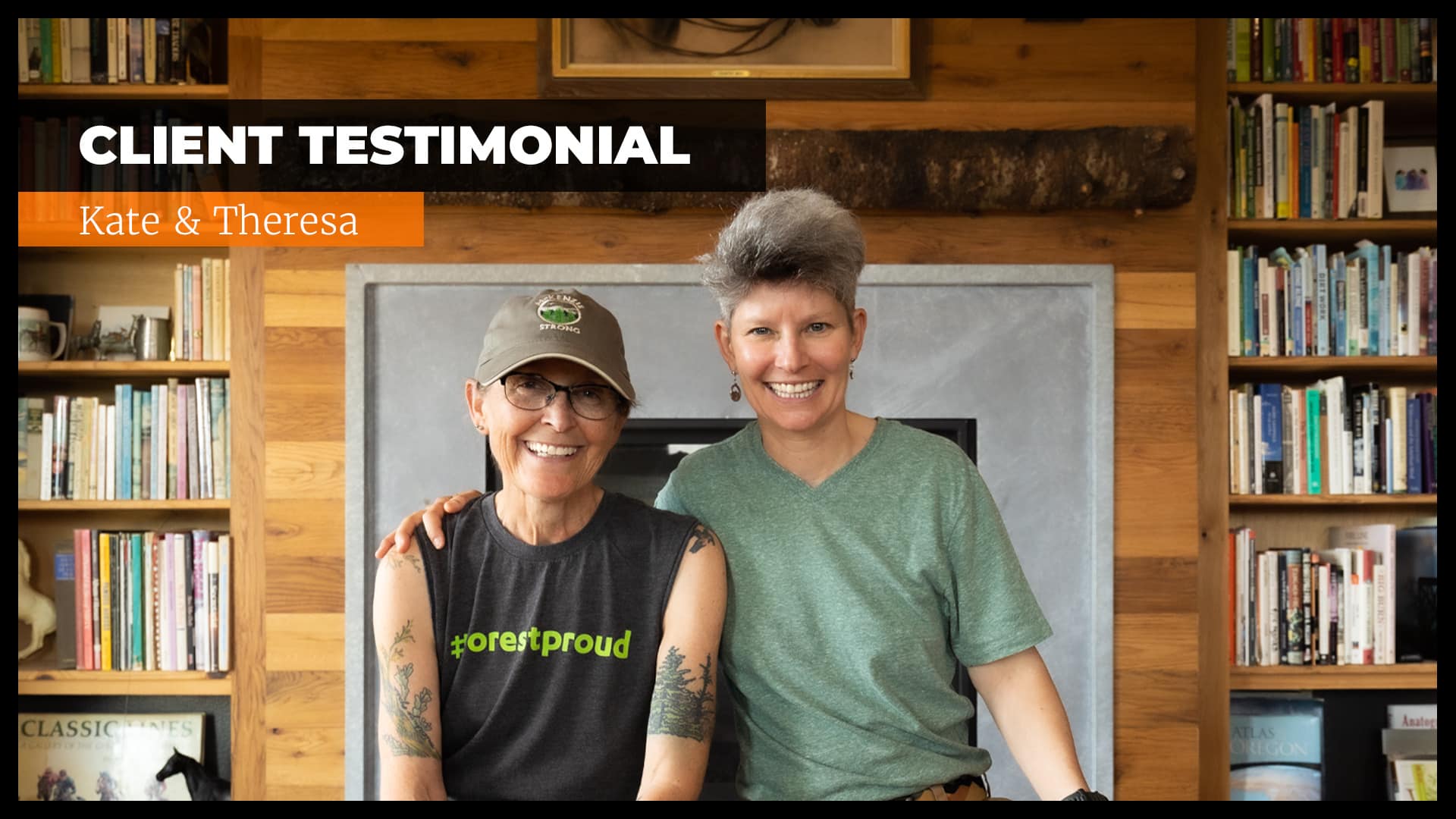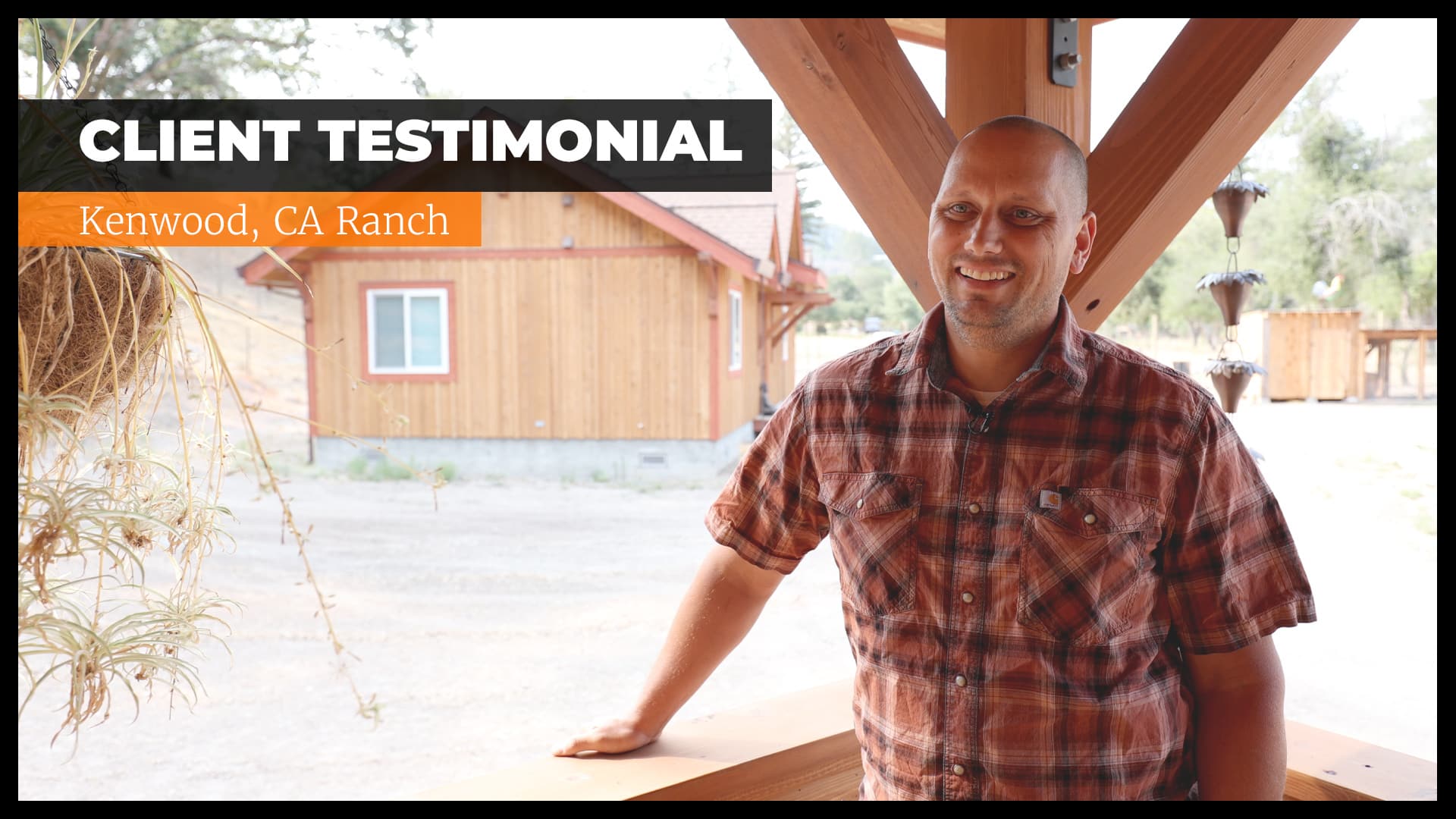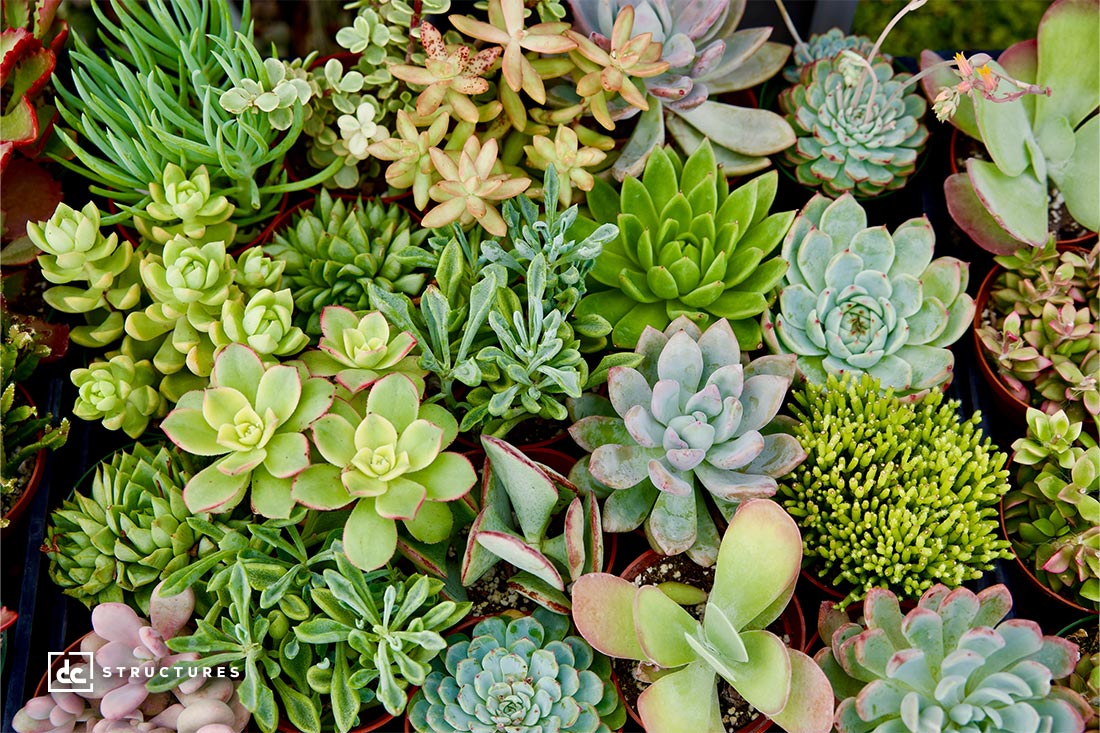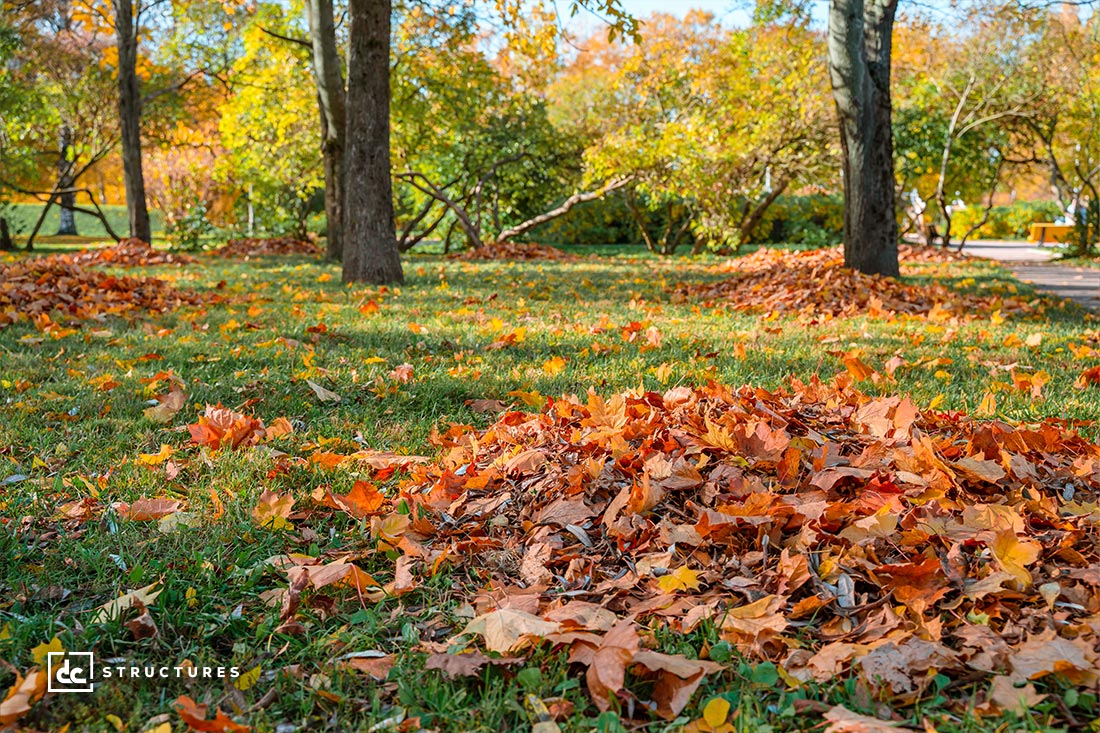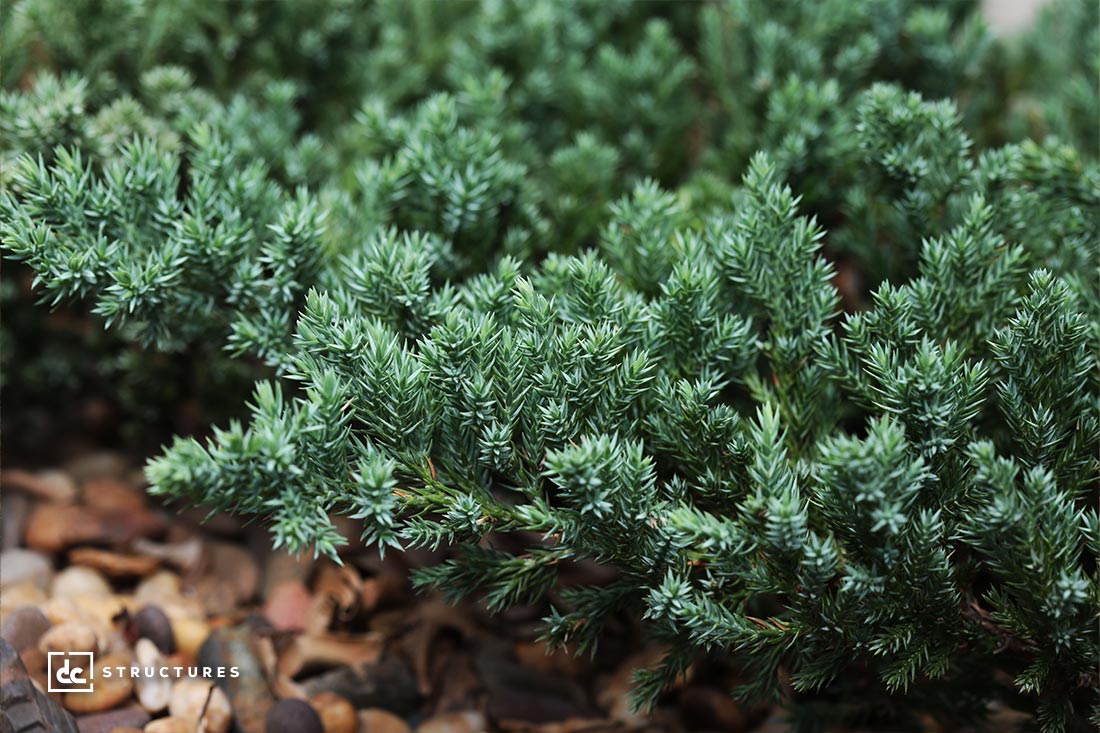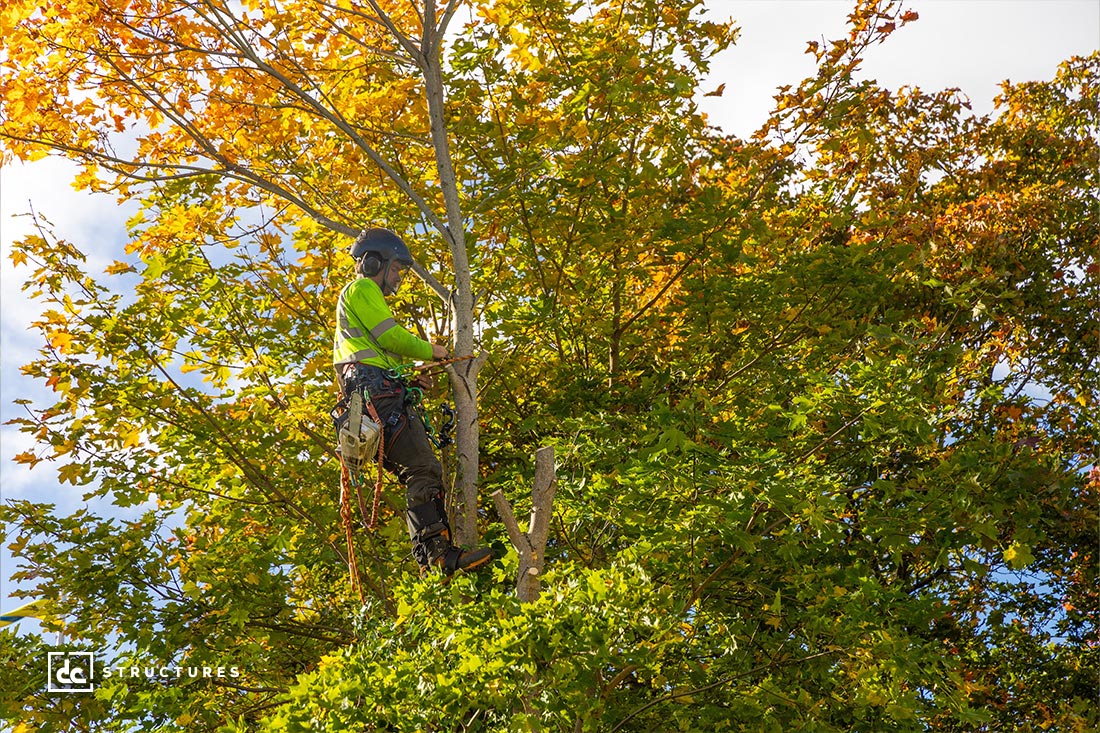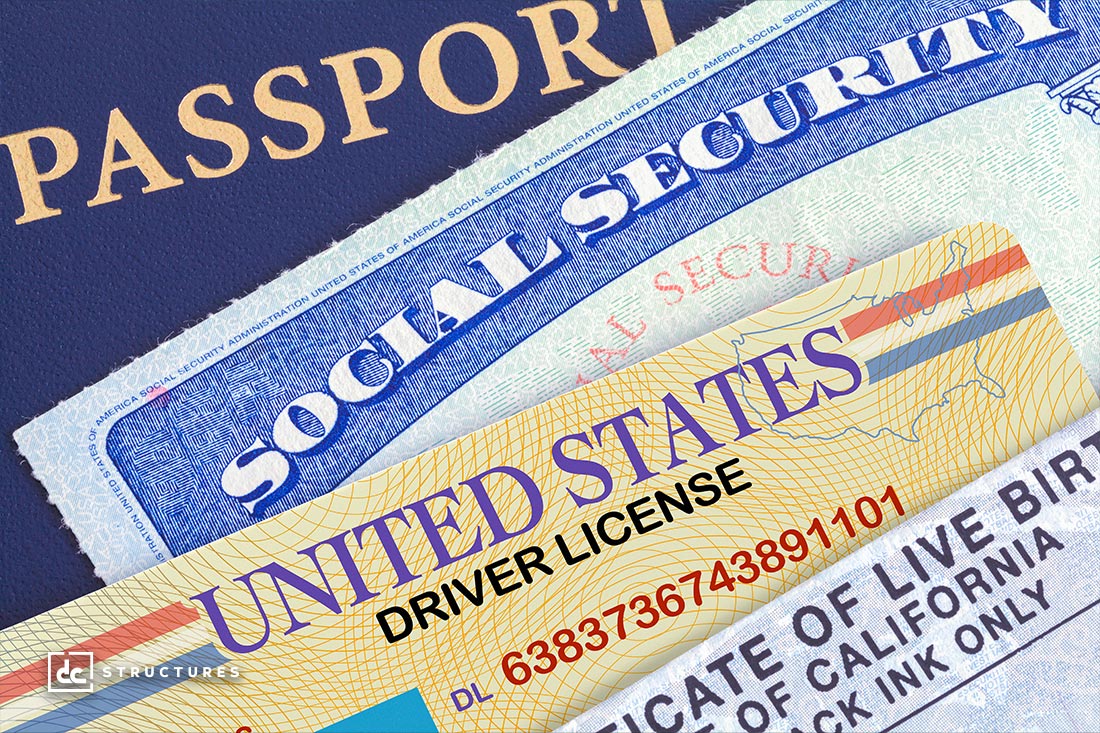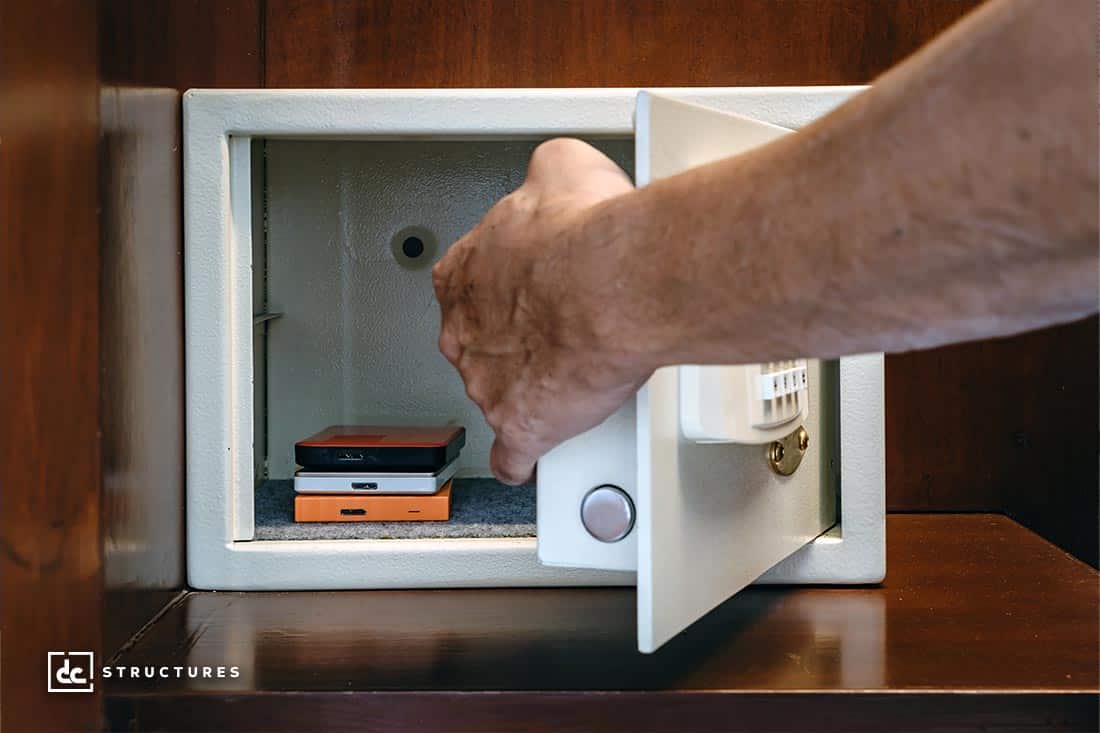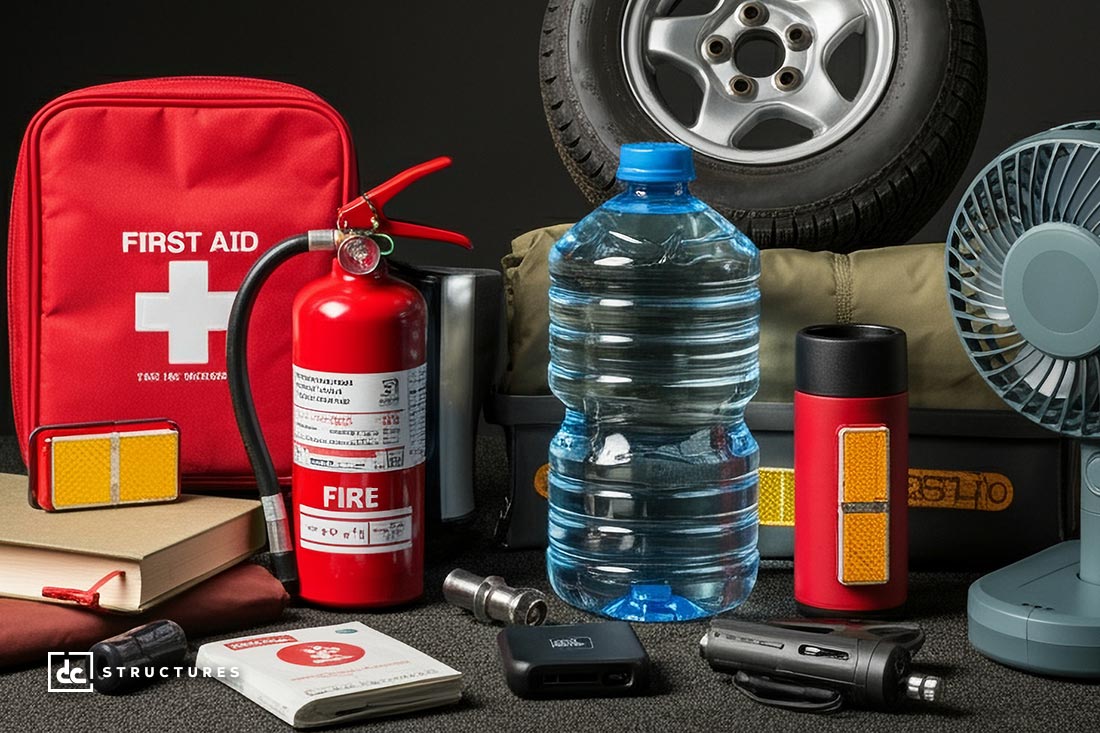Fire RebuildingProtecting Your Home & Community Moving Forward
Designing a fire-resistant home is a crucial first step in wildfire preparedness. However, ongoing maintenance and proactive strategies are equally essential to keeping you, your loved ones, and your community safe. From creating defensible outdoor spaces to engaging with local fire-preparedness initiatives, there are many ways you can help build a safer, more resilient neighborhood.
Here are five key steps you can take to improve the fire resistance of your home and contribute to a more fire-conscious community.
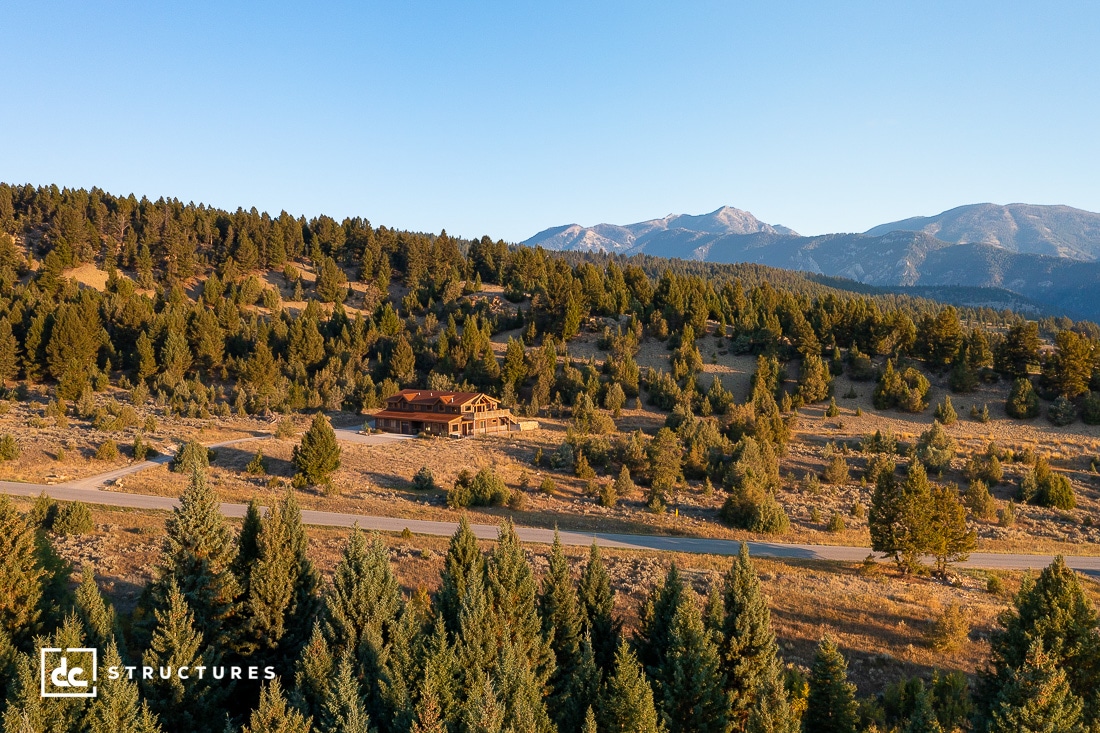
Fire Prevention
Create a Defensible Outdoor Space
One of the most effective ways to safeguard your home and neighborhood is by establishing a defensible perimeter around your property. This approach involves three key zones, each designed to slow fire spread and minimize damage.
Zone 0 (0–5 feet):
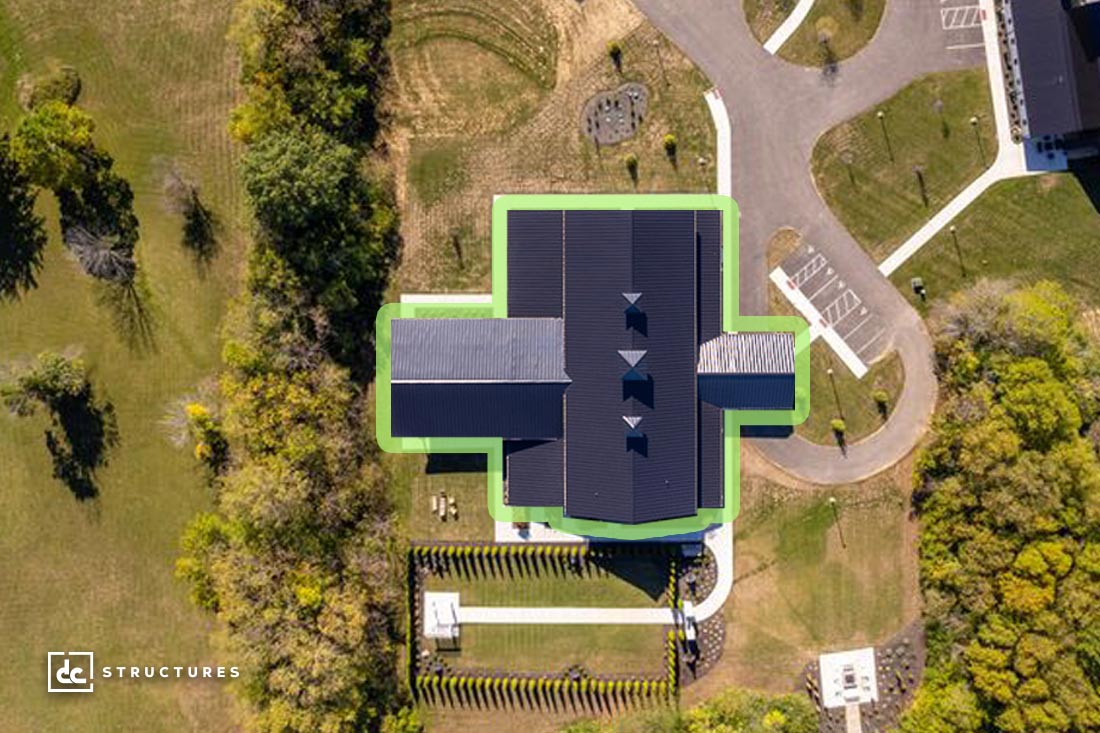
The Ember-Resistant Zone
This is the most critical area to maintain. Keep it clear of combustible materials such as wood mulch, patio furniture, and dry vegetation. Homeowners should also routinely remove dead leaves, debris, and anything that could ignite near your home’s foundation, deck, or garage.
Zone 1 (5–30 feet):
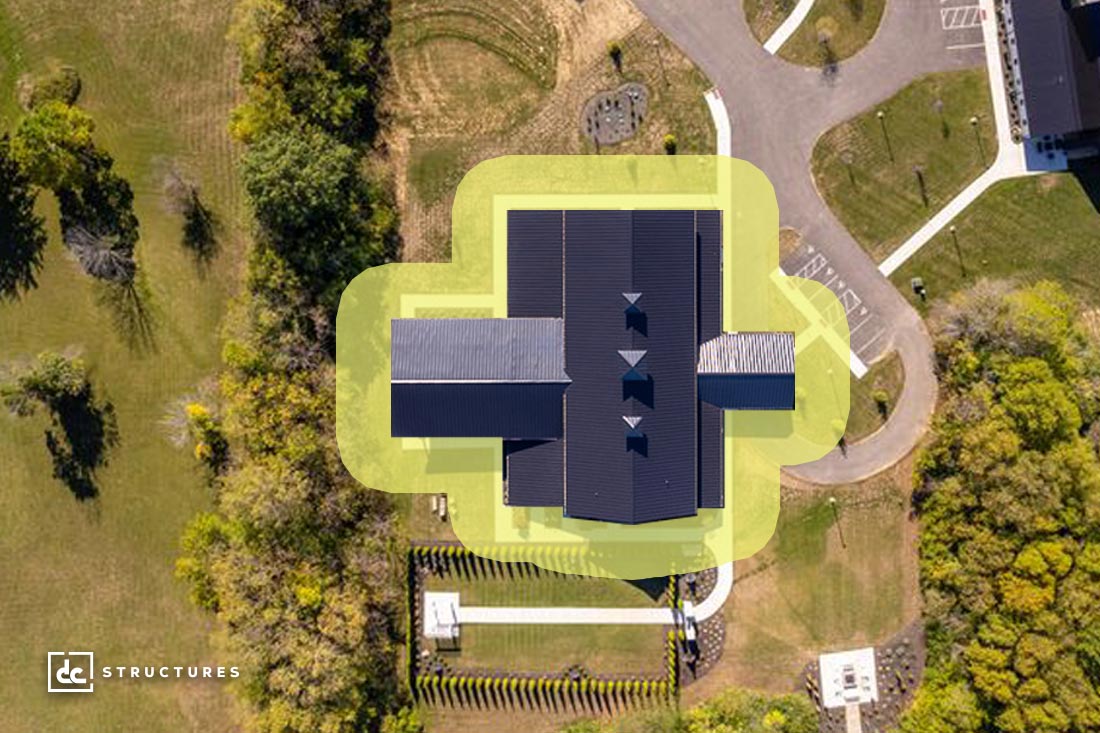
Lean, Clean, and Green Zone
This area includes much of your yard. Focus on strategic plant selection and spacing, ensuring trees are trimmed, and vegetation is well-maintained. Space shrubs at least twice their height apart and keep tree canopies at least 10 feet from your home and each other.
Zone 2 (30–100 feet):
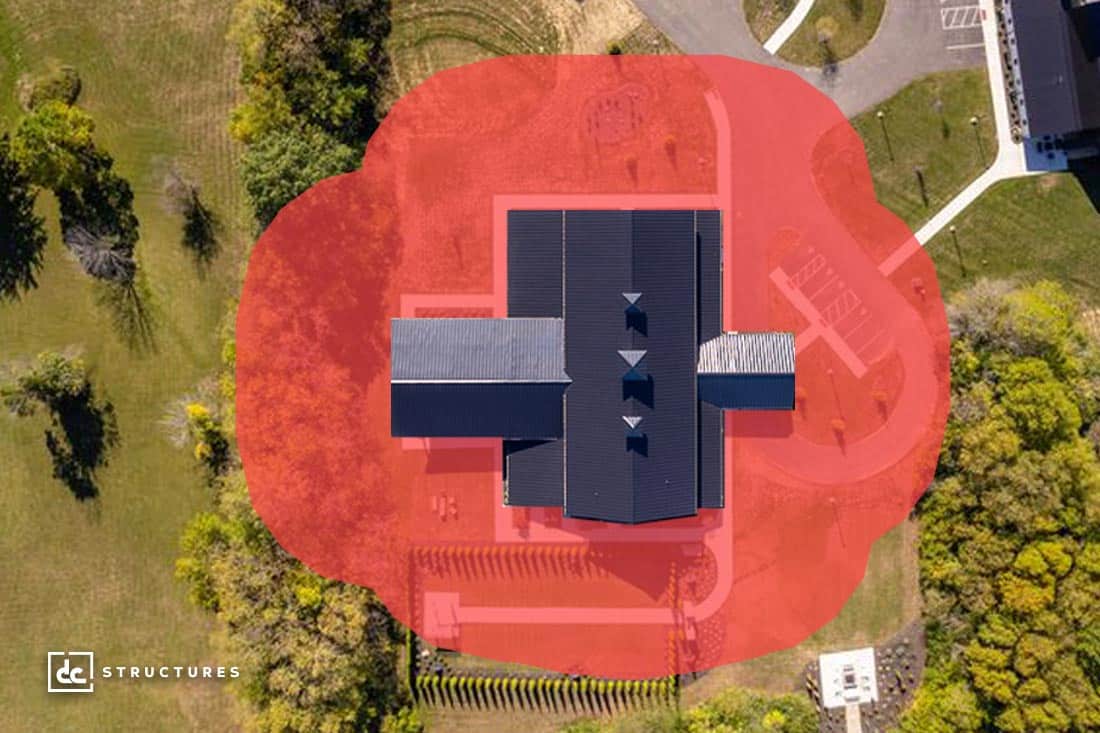
The Reduce Fuel Zone
This is your outermost layer of defense. Minimize potential fire fuel by keeping woodpiles, sheds, and LPG tanks at least 10 feet apart from other structures. Thin tree canopies and prune branches to prevent fire from climbing upwards.
Additionally, we recommend adopting other best practices for defensible space, including installing a drip irrigation system for efficient watering, using non-combustible mulch near your home, and replacing wood fencing with fire-resistant alternatives near structures.
Moving Forward
Perform Seasonal Maintenance
Routine yard maintenance is essential to keeping plants, trees, and landscaping fire-safe, with each season presenting unique maintenance opportunities that help reduce wildfire risks.
Winter
This is the perfect time to assess tree health and remove dead or diseased trees and underbrush.
Spring
Prune branches, remove debris, and plant fire-resistant trees and shrubs in spring. Water trees sparingly to prevent excess growth before summer.
Summer
Stay vigilant by regularly clearing dry vegetation, trimming trees, and removing overgrown plants. Exercise caution with outdoor equipment to prevent accidental sparks.
Fall
Take advantage of cooler temperatures and rainfall to plant new trees and reinforce erosion control measures.
By proactively maintaining your landscape, you can prevent vegetation from becoming hazardous fuel for wildfires.
Join or Start a Firewise Community
Fire safety extends beyond individual homes—community-wide efforts play a significant role in reducing wildfire risks. The National Fire Protection Association’s (NFPA) Firewise USA® program helps neighborhoods work together to mitigate fire hazards.
By joining or starting a Firewise community, you can collaborate with neighbors, fire departments, and local officials to:
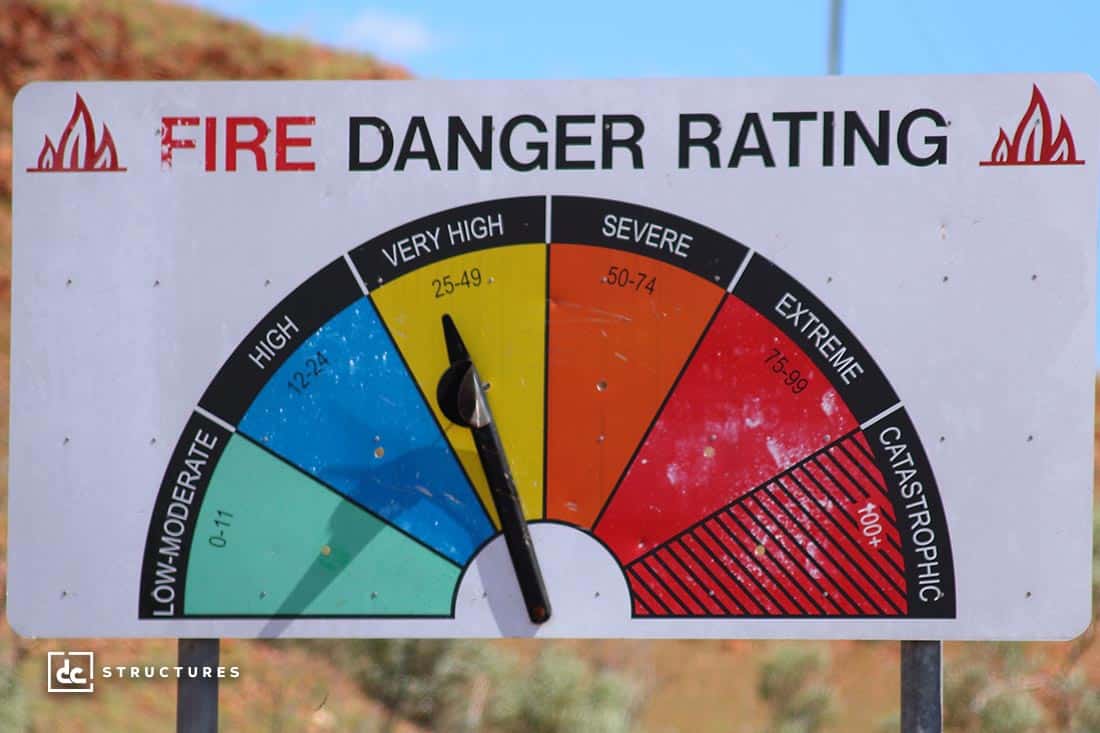
Conduct wildfire risk assessments in your area.

Participate in fire prevention education and training.
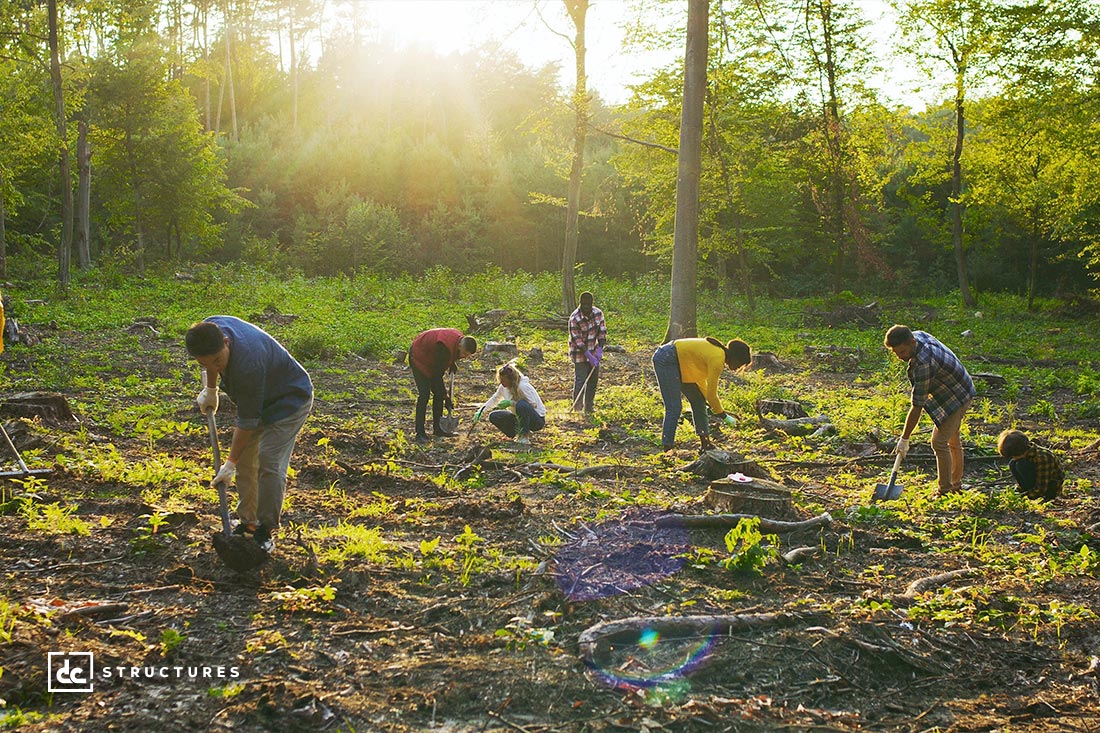
Organize community-wide clean-up efforts to remove fire-prone vegetation.
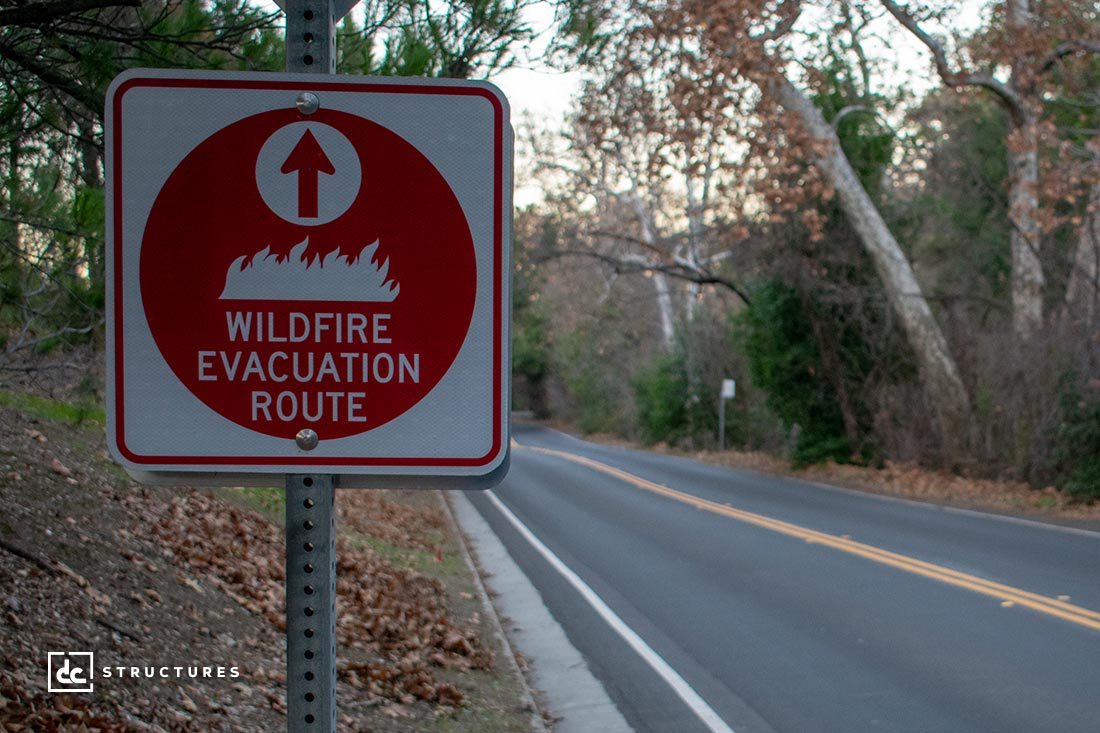
Advocate for fire-safe building codes and emergency preparedness policies.
Taking collective action strengthens neighborhood resilience and fosters a culture of fire preparedness, protecting you, your loved ones, and your community for the long run.
Make a Wildfire Action Plan
Even with preventative measures in place, wildfires remain unpredictable. A wildfire action plan ensures that you and your household are prepared to evacuate safely if needed. Your wildfire action plan should include:
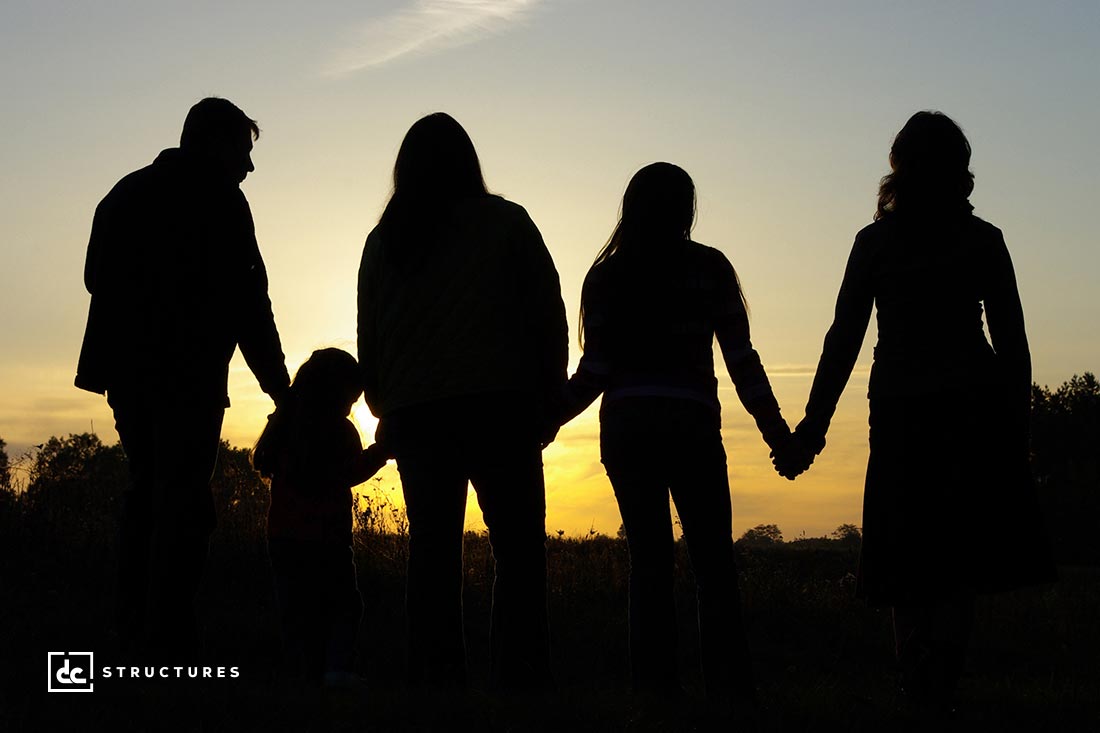
A Pre-Determined Meeting Location
Choose a safe, easily accessible spot where all household members can reunite if separated.
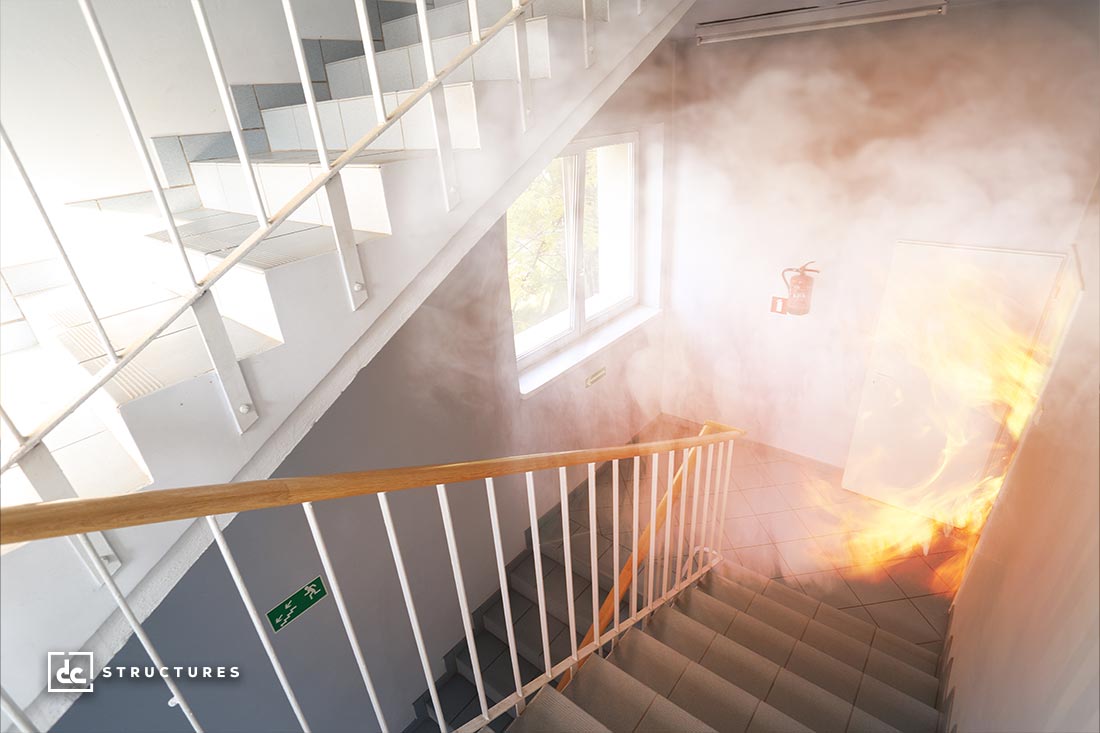
Mapped Escape Routes
Identify multiple exit routes from your home and community. Ensure every household member is familiar with these paths.
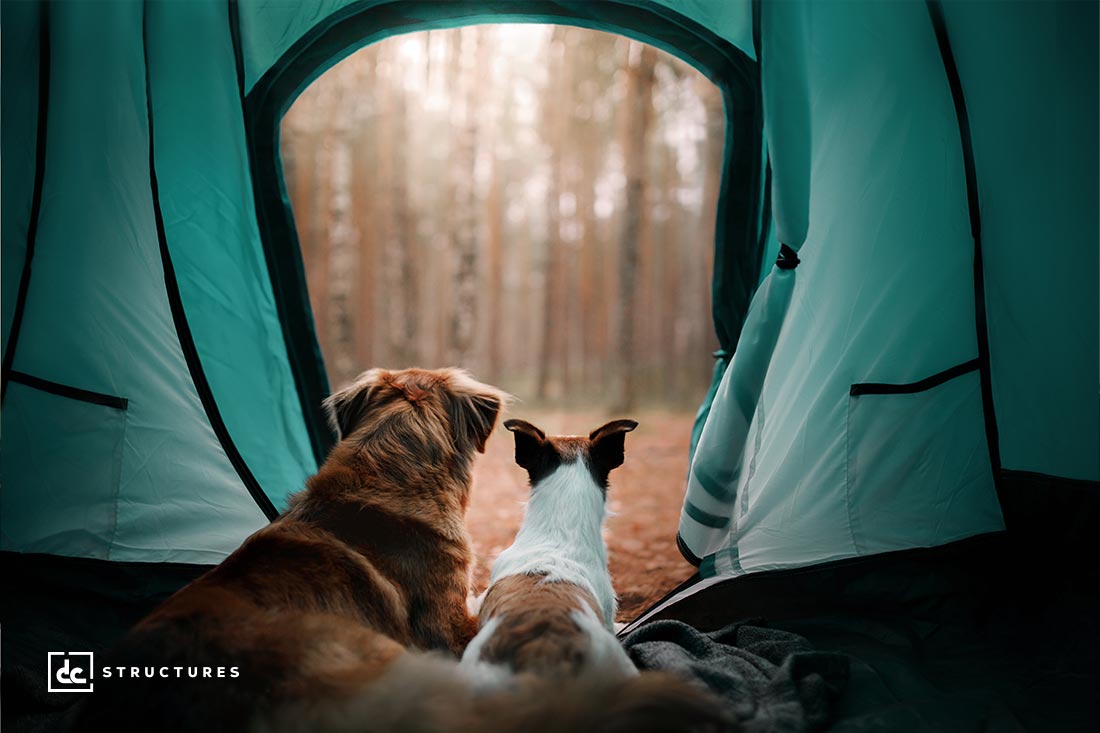
Temporary Shelter Arrangements
If you have large animals or livestock, plan for an emergency shelter in case they cannot be transported with you.

A Designated Emergency Contact
Assign a primary contact person who will check in with all household members and coordinate information if you are separated.
Rebuilding after a wildfire is only the beginning—ongoing maintenance and preparedness are key to long-term resilience. By creating defensible spaces, selecting fire-resistant materials, maintaining your landscape, and engaging with your community, you can significantly reduce wildfire risks and protect what matters most.
Fire preparedness is a shared responsibility. Taking proactive steps today can make all the difference in ensuring a safer, more fire-resilient future for your home and neighborhood.
Client Testimonials
Testimonials
At DC Structures, nothing matters more to our team than supporting our clients through challenging circumstances. Hear from homeowners who have faced the devastation of wildfires and discover why they trusted us to bring their vision for a new home to life.
